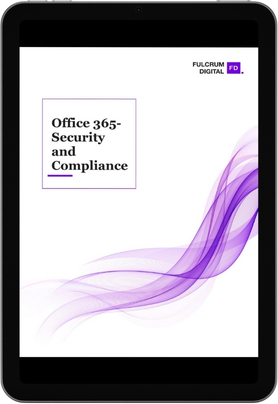Unpreparedness and casual attitude can easily help organizations lose some customers and revenues when disasters strike. However, a well-placed strategy might just rescue a business from an abysmal situation, and keep the business operations and customer support – up and running.
1. What’s a Business Continuity Plan (BCP)

Only if disasters came with a forewarning, the world would be a better place. Since that doesn’t happen, organizations need a Business Continuity Plan (BCP). In the event of natural or manmade calamities, how well is your organization prepared to cope up?
Do you know what set of protocols and processes to follow? Do you have a concrete plan for your human resources, assets, customer support, and more during such a crisis? If you answered with a ‘yes,’ and know it as a contingency or plan B – you’re almost there. If ‘no,’ then the time is ripe for you to chalk down one.
Under normal circumstances, we’d have probably asked you to imagine a stressful situation, where a BCP would be so critical for your organization, but since we’re already facing the COVID-19 (Coronavirus) pandemic, you’d understand the gravity of having a BCP in place.
Just listing some of the threats (not limited to) that invoke a BCP:

If you’re wondering why a system failure or a power outage needs a BCP, here’s a small example that stresses the importance of having it in place.
In 2012, Financial services company, Knight Capital installed a nasty software only to lose $440 million in just about 30 minutes. Yes, 30 minutes is all it took to drain millions of dollars (as reported by INC.com).
2. Why do you need a Business Continuity Plan (BCP)

The impact of sudden changes can collapse key functions. This means it’s a business impact that leaves an organization bleeding with unwarranted overheads.
An organization without a BCP hits the panic button as soon as the situation starts going south. Within no time, the bummer builds up in such a way that it takes months and years to recover.
The hardest part of such a crisis is invoking confidence in the customers and retaining them. Companies that remain solid during the crisis generally garner more market value and build a reputation. A BCP mitigates risks and helps your function operate in a way that your customers receive continuous support, and ensures that your systems don’t crash or face downtimes.

OFFICE 365 SECURITY AND COMPLIANCE
Learn how to protect your business’s essential information while using Microsoft 365 tools. Avoid common pitfalls and secure your data effectively.
Downtimes are costly too. Here’s why:
An IDC report shed light on some worrisome facts. It said the average hourly cost of an infrastructure failure is $100,000 and the average cost of application downtime per year is $1.25-$2.5 bn. That’s gruesome.
Imagine the scale of losses when a bigger tragedy starts to loom on your business. A robust BCP stops the impact to ripple throughout the business so that you act in time for the damage-control. This empowers the business to stay strong so that the customer trust doesn’t erode.
3. How to create a Business Continuity Plan (BCP)

Identify the weak spots first. Mark your most vulnerable functions that are bound to get impacted with the striking of the disruption. After carrying a meticulous assessment, you can do the math and put a figure which would indicate potential losses if these functions collapsed. This is more of a Business Impact Analysis (BIA).
- Define the scope
- Define business areas
- Define critical functions
- Define interdependencies of functions
- Define downtimes for critical functions that are acceptable
- Define a plan to run operations seamlessly
Once you define the aforementioned requirements, also identify the key contacts who should be owners for this plan. Run this plan by them, consult seasoned employees who’ve faced crises in the past.
Their experience could help you finetune the BCP even better. Your BCP document also needs to include prevention, response, and recovery strategies.
4. Testing and Reviewing a BCP

If your BCP is untested, there are high chances that it will fail your expectations. Challenging a BCP will expose the loopholes in the plan, and therefore allow you to initiate consecutive measures to fill the gap.
Never test your BCP with easy circumstances, make sure you replicate a scenario which truly tests your BCP.
How frequently do you test it? It could be a biannual exercise that includes table-top and structured walk-through activities.
[Tip]: Evacuation/fire drill should also be an activity on your list.
The BCP needs to be evaluated to not just fill the gaps but also to accommodate technological advancements in the industry around. With new leaders coming on board, you might want to run it by them for a review. Fresh pairs of eyes might throw insights that were previously overlooked.
One of the key factors is making the organization aware of the BCP, and let different functions know about their roles during the crisis, and train them well.
Business can even tie-up with other organizations in the event of a disaster. These partnerships serve as a good arrangement, and perhaps tackle problems like space, telecommunication, cloud and IT infrastructure, and more.
Fulcrum Digital is one of such trusted partners for global leaders. We offer Cloud Infrastructure (Azure, AWS and more), Remote IT (Office 365 and more), Telecommunicating, Productivity Tools solutions.
Brands partnering with Fulcrum Digital are assured to have their systems running 24X7.







